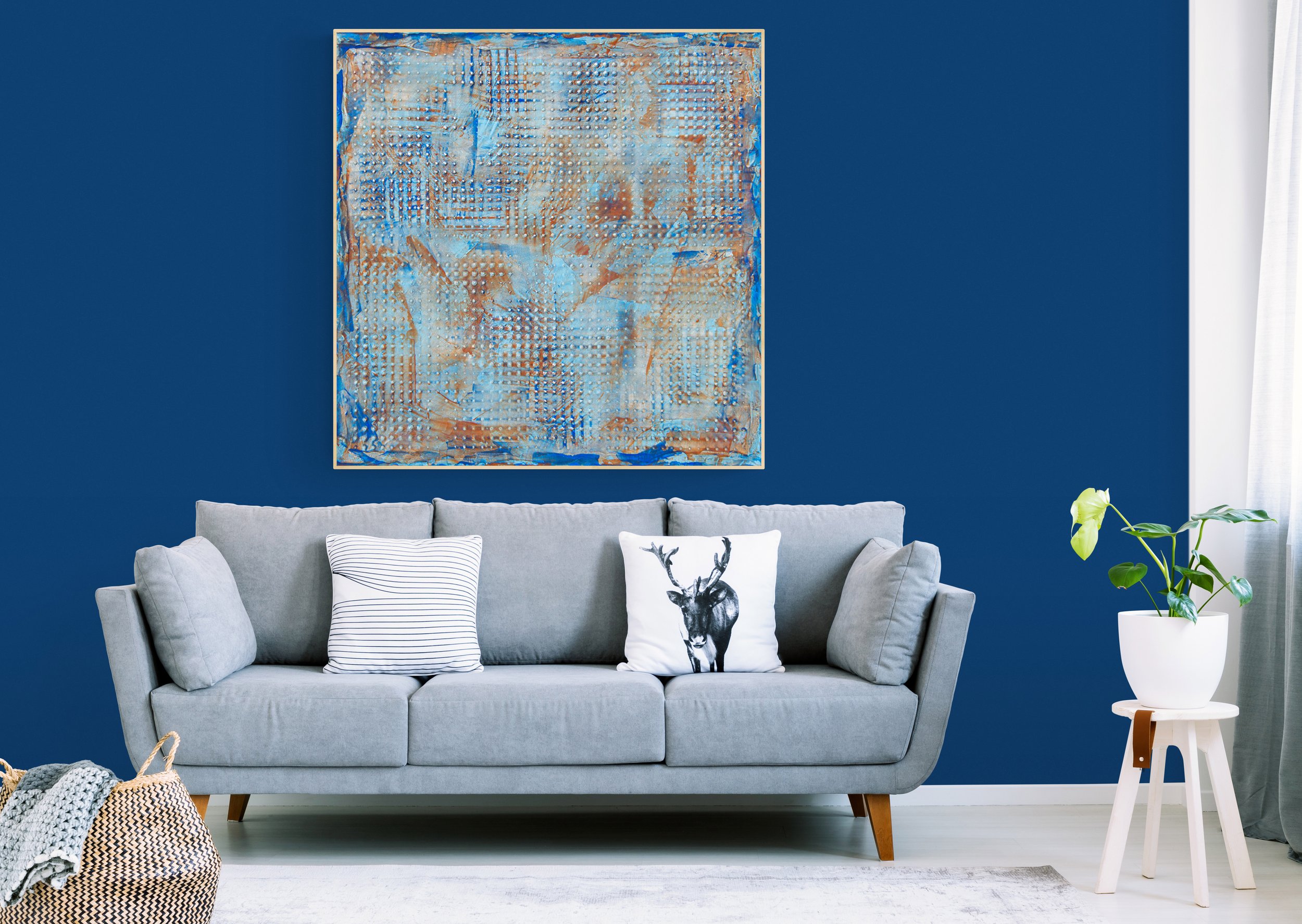Panels: A New Adventure
I have been painting on stretched canvas most of my life. I learned how to build stretcher frames early in college and I have perfected that over the years. I primarily use raw canvas. Originally in college I purchased it from the school. They bought 72” cotton canvas on large rolls and sold it to the students at cost! very cheap. We were taught a cheap method of making gesso using cheap house paint and acrylic medium that we also purchased by the gallon from the school. Back in those days they bought 55 gallon drums and sold it, again at cost, for about $2.00 a gallon! Those were the days! Now, I buy it by the gallon but it cost about $60.00 a gallon. TIMES HAVE CHANGED!!! I also, no longer use house paint, I found out the hard way that some house paints don’t use acrylic medium as a binder. Now I buy student grade gesso by the gallon for about $50.00. I’ve always worked big and I still do, but it costs considerably more these days. In the last 10 years I have worked exclusively with very thick paint with lots of texture. The paint build up tends to make even the tightest stretched canvas sag. To compensate for this I started using gator foam on top of the stretcher frame, under the canvas to support the canvas when it is lying flat. I paint primarily flat, using an easel very little in my process. Recently, while exploring new styles, I decided that painting on panels might be the best way to go. I had painted on small panels a million years ago, but really had little experience with this substrate. I did a little Research and discovered that when properly prepared a panel can be more archival than canvas or linen. I was surprised! I also learned there was a few new words that I needed to add to my vocabulary. The wooden frame similar to the stretcher frame is called a cradle. The panel is actual the substrate that you paint on. I also found out, again the hard way, that you must seal and size the back of the panel as well as the front. Preferably, before you attach the cradle. The end result is a very nice solid surface to paint on. With my larger pieces the weight is a slight problem and, the surface has very little texture or tooth like the canvas. I have found the latter can be an advantage with some styles. If you like to build your own, I would highly recommend trying it. I have found that baltic birch plywood to be an excellent substrate. Seal it, front and back, with clear acrylic medium, then apply at least two coats of gesso. You can sand it smooth or play with brush strokes or even modeling paste for texture.

